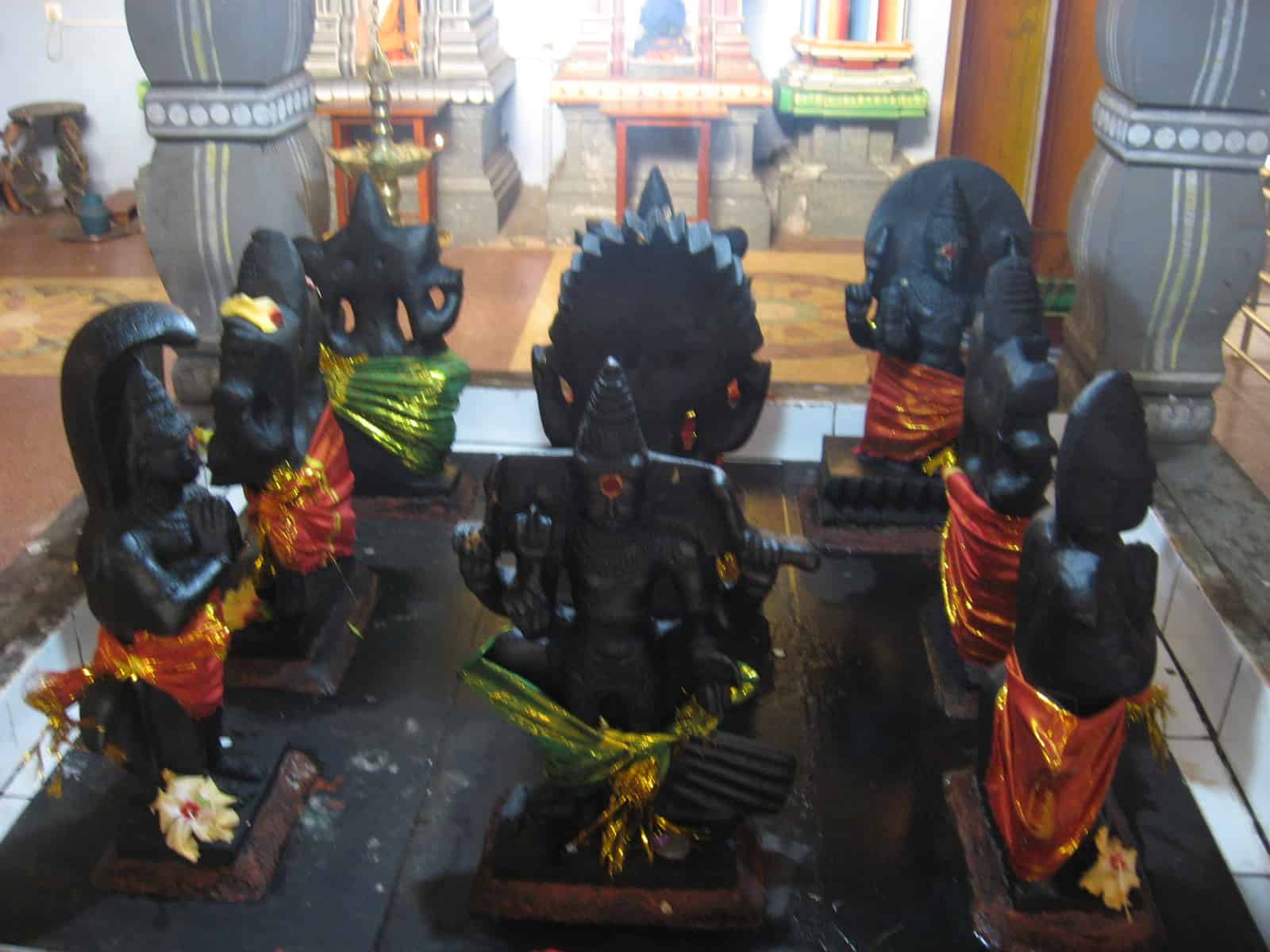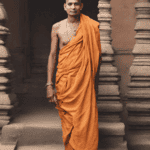The universe consists of not just planets but futures, destinies and a lot of lives in it. Hindus have their own version of astronomy since history. This astronomy which is in texts since the Vedic times is founded upon the arrangement of the nine planets or grahas and their united effect on not just the world but also each individual.

Navagrahas or the nine planets in the solar system have a very vital significance according to the Hindu astronomy. The nine planets are believed to play a huge role in destining your future and success in life. The names of the Navagrahas are:
- Surya or the Sun
- Chandra or the Moon
- Mangal or Mars
- Budha or Mercury
- Brihaspati or Jupiter
- Shukra or Venus
- Shani or Saturn
- Rahu or the North Lunar Node
- Ketu or the South Lunar Node
It is considered that the Navagraha gods and goddesses impact human lives and is accountable for all ups and downs, or good or bad that happens in life.
Meaning
The meaning of the word Nava is nine and Graha is a planet or a governing, grasping, or knowing authority. The word Graha comprises all these connotations. And so, it is also linked to many concepts and beliefs like marriages or panigraha which says that the bridegroom holds the little finger of the bride. The holding power and the pressure released by this grahas is known as Graha pidanam, which need purifying or pacifying ceremonies to calm the Graha god because of which the opposite influences are coming into life.
Collectively these nine planets are recognized as the Navagrahas. The planets are worshipped for better fortune and to eradicate the bad fortune rising from earlier karmas or the Doshas which are the birth defects. The grahas are found in Hindu temples are assembled on a board or on a pedestal in usually noticeable parts of the temple. The worshipers usually soothe these gods prior to presenting prayers to the foremost god in the altar of the temple. Out of the nine gods, seven have been named after the planets in the solar system, and also resemble the names of the seven days of a week according to the Hindu calendar.
Based on the location of these planets at the time of an individual’s birth can determine the possibilities and potentials of their life way in advance according to the belief in Hinduism. The Upanishads define the senses as the grahasas they are the discerning ones. The gods that control over them are known as atigrahas or their regulators. For instance, the actions that one cannot control by himself like his breath or his mind.

The last two planets are not gods but considered to be demons who have been capable to acquire a place in the planet astrology by their smart and witty acts. The names of these planets have their origin from the comets or from the shady and hostile planets that are present in the Solar system. The two planets are Neptune and Pluto. As per their place in the solar system and their relevance to the other planets, they are believed to be favorable or unfavorable.
The gods who control these planets have a vital significance in Vedic history. The position of these planets at the time of a person birth helps the astrologer to create a chart for that individual. And based on their locations in that chart which is created the person futures positive and negative influences can be determined. The position of Shani, Rahu and Ketu is considered to be of utmost importance. Also, if the positions are not desirable the astrologers suggest ways out to balance and settle the energies.
The Navagraha are usually found in temples as secondary deities, but there are certain temples which have been built for them, and they are adored as the main gods there. A Navagraha temple is positioned on the banks of the river Kshipra which is a famous tourist attraction of Saivism in the outskirts of Ujjain. Surya and Shani also have temples which are exclusively built for them in some parts of India.
The recognition of these powers in your life can change it and have a huge impact over it further we will see how each planet affects the person and his future accordingly for good or bad in his destined life.
1. Surya or the Sun
He is known as the Sun god and also recognized as Ravi. The solar system this planet is usually placed in the center facing towards the east and the other planets stand around him in eight varied directions but do not face one another. He journeys on a single-wheeled chariot and is pulled by seven white horses. These seven horses represent the colors of the white light and the days in a week that is also seven. This planet is believed to be the lord of planets which is also known as Grahapati. The astrologers who have a piece of very good knowledge about the planets are called the Grahachintak. The sun god is the main, the solar god who is one of the Adityas, the child of Kashyapa and one of his wives is Aditi.
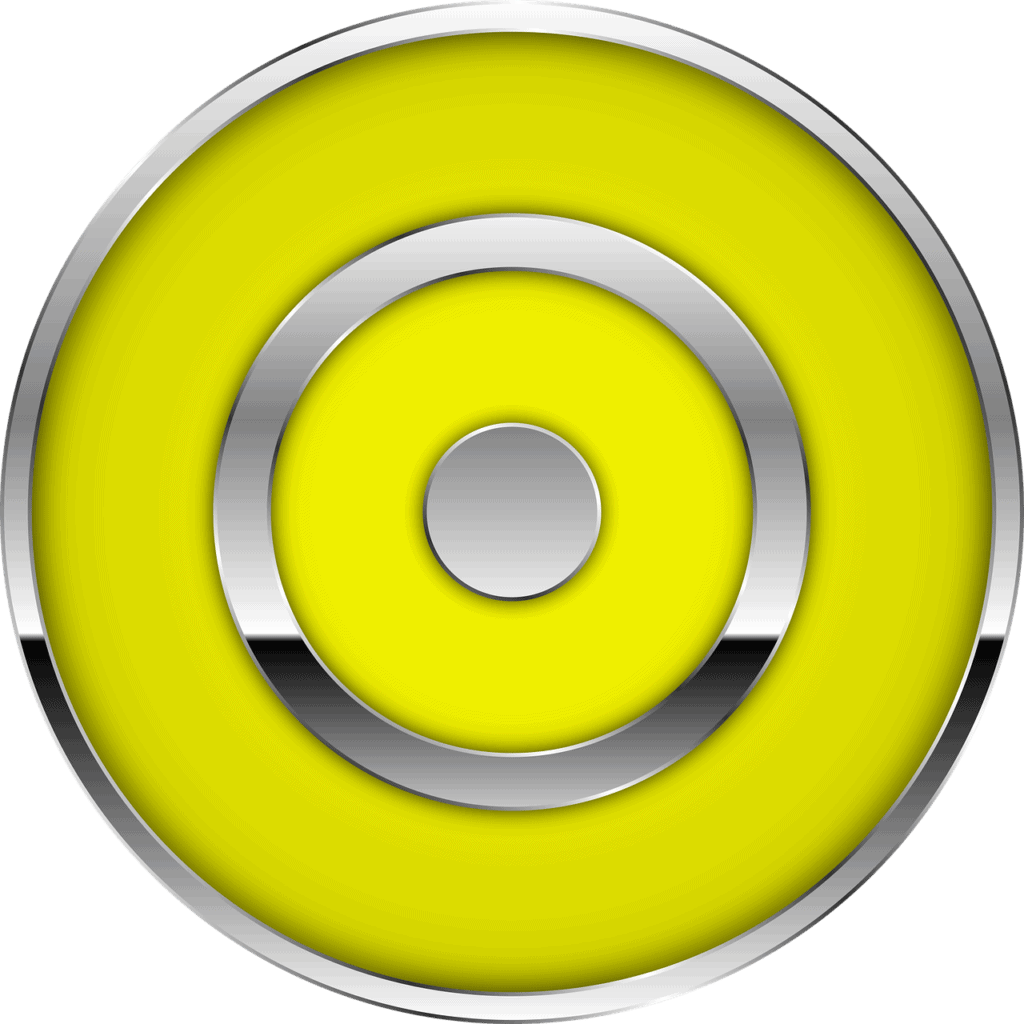
- Horoscope: The Surya is the Lord of the zodiac sign Leo or the ‘Simha Rashi’.
- Day: He controls over Sunday or Raviwar
- Color: The favorable color is Red
- Gemstone: The precious stone is the Ruby
- Number: The lucky number is 1
- Overseer deity: Rudra
2. Chandra or the Moon
It is also called as Soma, and possibly because of his shining and disappearing potentials, he is never captured as a whole in images. We see his upper body from the chest, with his two hands holding a lotus in each, riding on a chariot pulled by 10 horses or an antelope. Some consider the moon to be the king over the rest of the planets and is known as the Graharaj. The moon or Chandra is a lunar god. The Chandra illustrates the mind, female nature, attractiveness and joy. The Moon has only a face with two hands but has nobody. He is also recognised as Nishadipati and Kshuparaka. He is the Deity of Fertility. A person’s anger issues and stability along with goodness highly depends on the place of this graha at the time of his birth.

- Horoscope: the moon is the god of Cancer or Kark Rashi.
- Day: controls over Monday or Somavar.
- Gemstone: The precious stone is Pearl.
- Overseer Deity: Gowri.
3. Mangala or Mars
Also known as Angaraka, the Mangala is a fierce deity with four hands two of his hands have weapons, usually, staff and a spear and the other two are in Abhaya and varada positions. His vehicle is a Ram. He is believed to be the child of Prithvi or Bhumi who is the Goddess of Earth. His name is of Tamas Guna and portrays Active action, sureness and ego. The protector of Dharma and a hot planet is Mars. He rules the muscular system and also controls the nose, forehead and circulatory systems of the body.

- Horoscope: the Aries and Scorpio zodiac signs are ruled by Mars. In Hindi also known as the Mesha Rashi and Vrischika Rashi.
- Color: Controlling color is Red
- Day: He controls over Tuesday
- Gemstone: The precious stone is Coral
- Overseer deity: Kumara
4. Budha or Mercury
He is usually seen with four hands and rides on a chariot drawn by lions or a carpet or an eagle. In three of his hands one holds a sword the other a shield and the third a staff. And the fourth one is in the varada mudra position showing a gesture. The Budha is the child of Chandra or the moon along with the Tara or Taraka. The Mercury signifies one’s intellect and communication. He is also the deity of goods and guard of dealers. This planet protects the nervous system of the body.
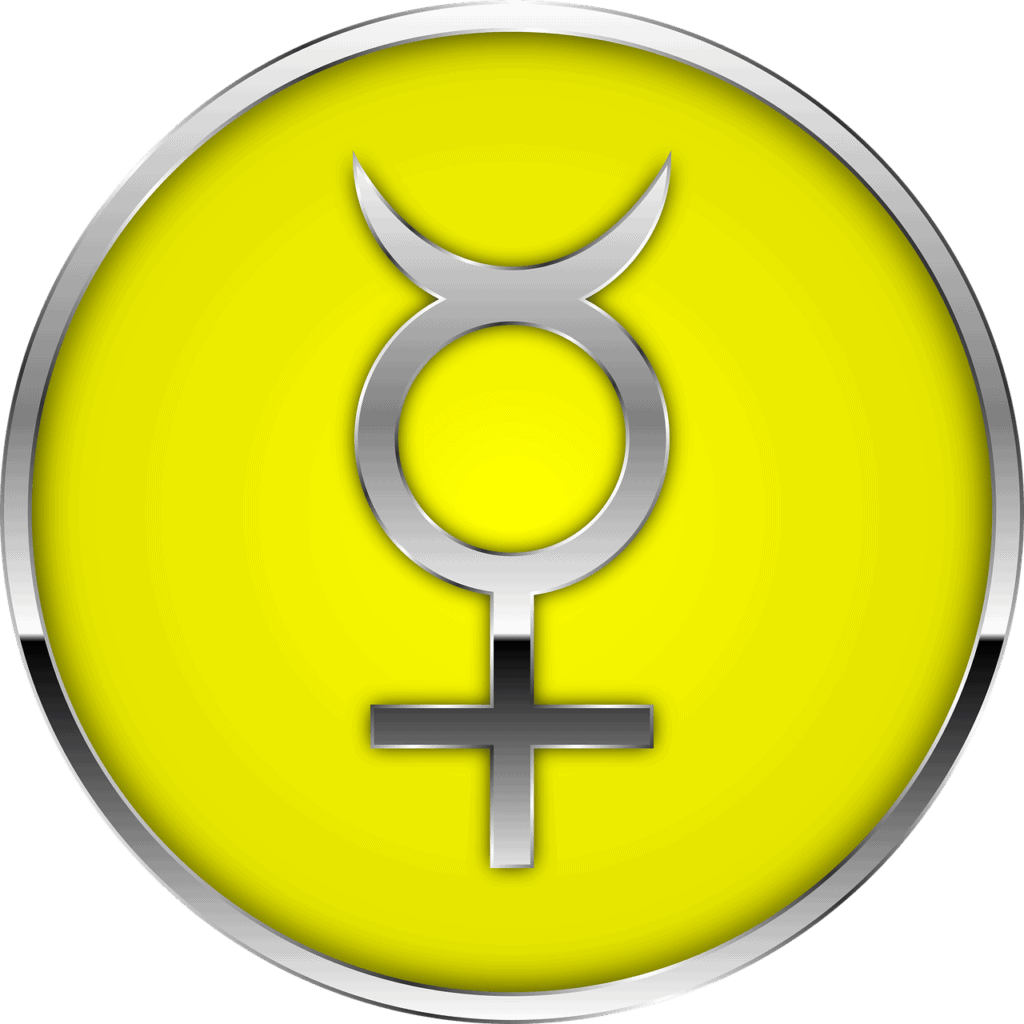
- Horoscope: The god of Mithuna rashi and Kanya rashi
- Color: Controlling color is Green
- Day: He has control on Wednesday or Budhwar
- Gemstone: The precious stone is Emerald
- Overseer deity: Vishnu
5. Brihaspathi or Jupiter
The Brihaspati also called as Brahmanaspati who is the teacher of deity and is praised by the hymns in the Rigveda. He rides in a chariot pulled by eight horses. The horses represent the eight branches of wisdom. He character is of Sattva Guna and signifies knowledge and instruction. He is usually known as “Guru”. The Jupiter god is defined as yellow or golden and holds a stick, a lotus and his beads. The planet represents love, spirituality and knowledge. The planet has control over the thighs, flesh, kidneys, liver, and arterial system in the body.
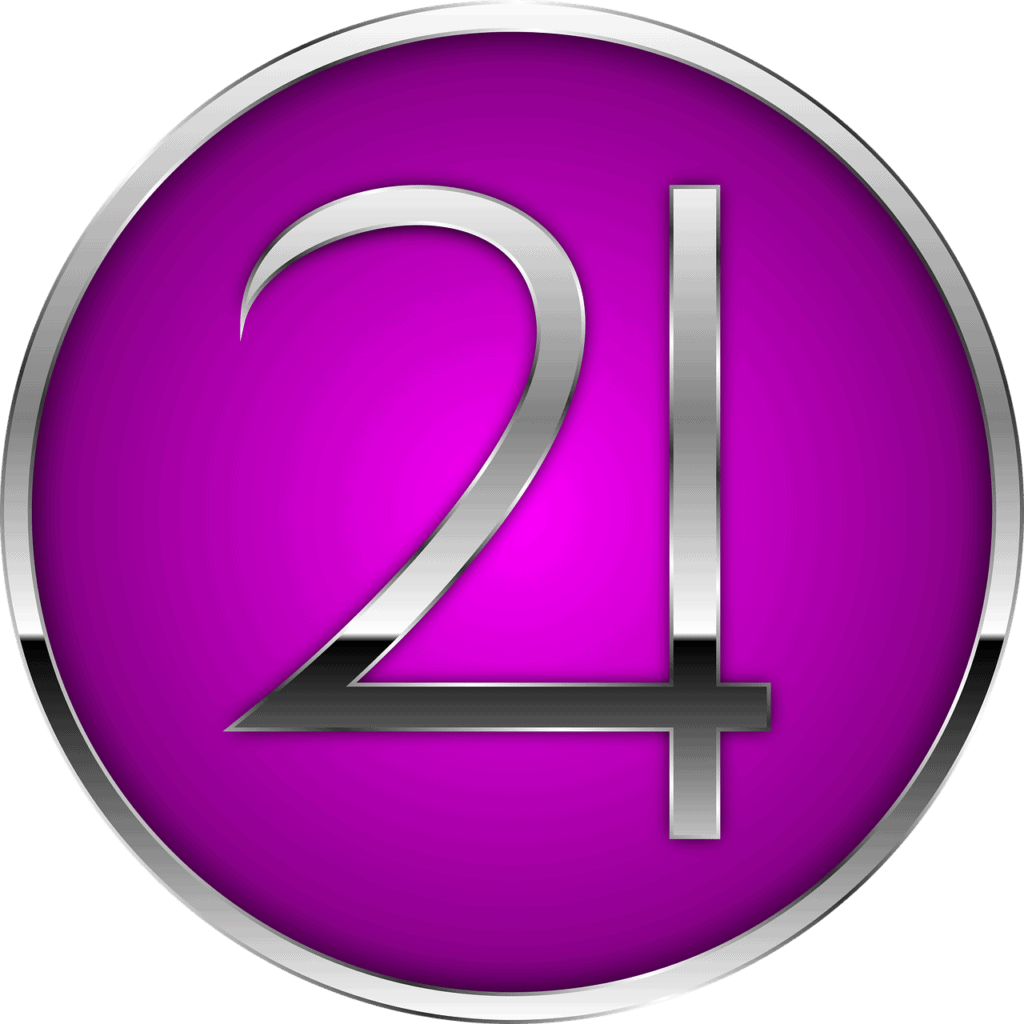
- Horoscope: Dhanu Rashi and Meena Rashi
- Day: He has control over Thursday
- Gemstone: The precious stone is Sapphire
- Overseer deity: Indra
6. Sukra or Venus
The Sukra is the instructor of the demons and the writer of Sukraniti. He is usually seen with four hands, rides on a golden or a silver chariot that is pulled by eight horses and is white in his complexion. In his three hands, he holds a staff, beads, a gold utensil separately while in the fourth hand is in the varada mudra. The Lord Shukra is the name of the son of Bhrigu and Ushana, and authority over the Daityas, and the leader of the Asuras, recognized with the planet Venus along with the honorific, Shukracharya. The Shukra Dosha precisely stays for twenty years in an individual’s horoscope and the Venus is supposed to deliver more prosperity, fortune and a luxurious lifestyle if it has a good position in the Kundali of a person and horoscope. The planet signifies love and desire.
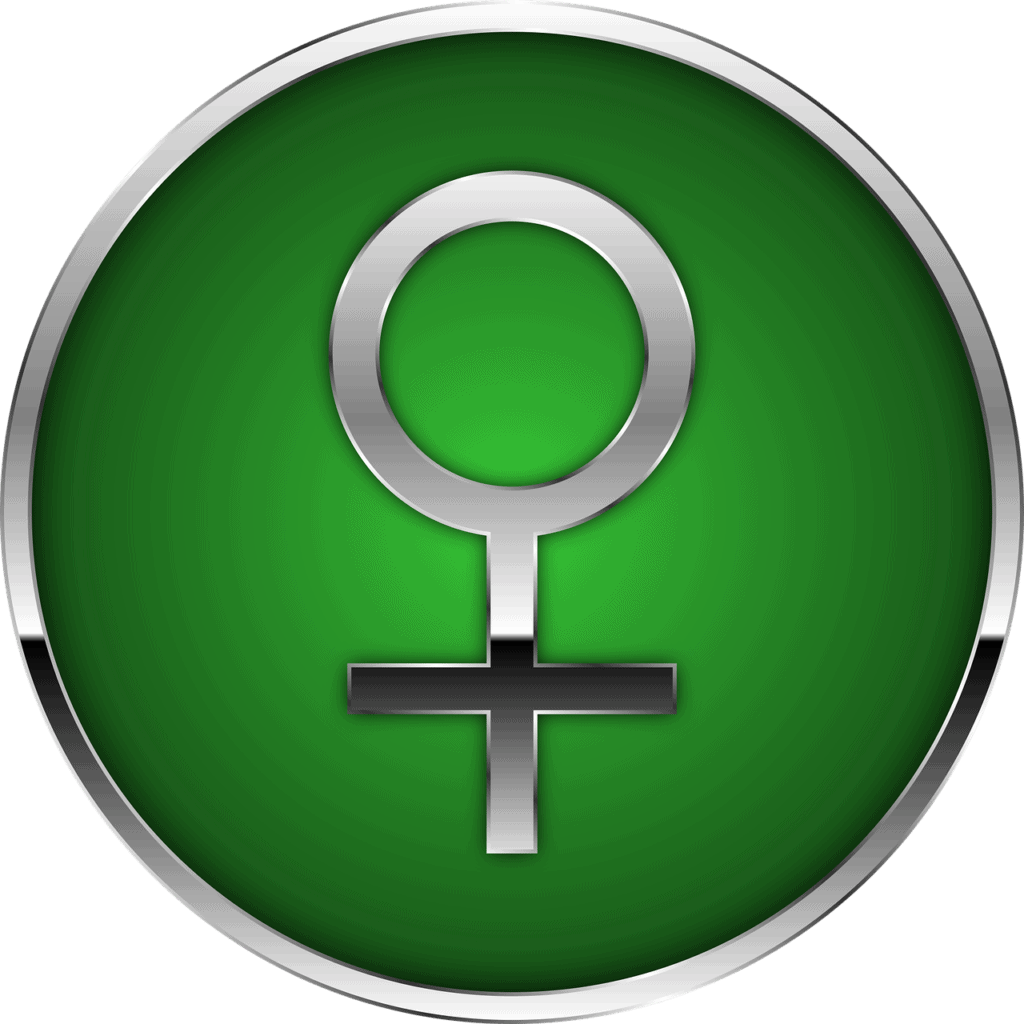
- Horoscope: The signs ruled by this planet are Vrishaba Rashi and Tula Rashi.
- Day: The day of control is Friday
- Gemstone: The precious stone is diamond
- Overseer deity: Indrani
7. Sani or Saturn
The Sani is a stormy and bothersome deity who builds and destroys fortunes by his impact and location in the solar system for which he is consistently be frightened and specifically worshipped by all those who have faith in the Hindu astrology system. Shani is usually seen with four hands and rides on a chariot, a buffalo or a vulture. In his three hands, he was seen carrying an arrow, a bow and a javelin separately. However, his fourth hand is seized in varadamudra position. Shani’s Tattva or components are in the air and his direction in the west. He is Tamas in his character and illustrates knowledge in a difficult way, Career and Long life. This deity is actually a demi-god and is the son of Surya or the Sun god and his wife Chhaya. It is believed that when Shani opened his eyes as a baby the sun went into eclipse which helps to clearly recognise the impact of Shani on the horoscopes.
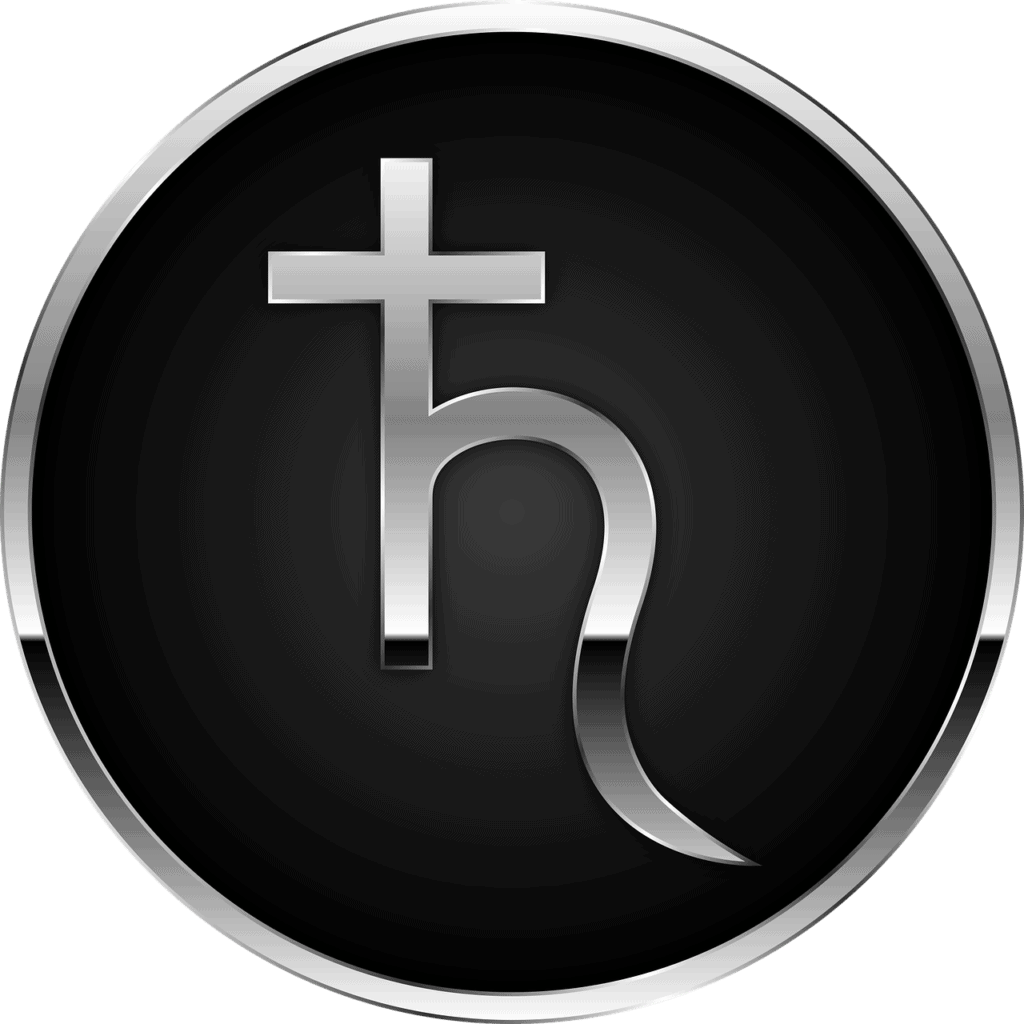
- Horoscope: Vrishaba Rashi and Tula Rashi
- Overseer deity: Brahma
8. Rahu
This planet is believed to be a demon and not a god. His image in the likeness of that of Budha or Mercury in some aspects but both the deities vary primarily in their character and temperament. He is usually seen on a dark lion, in distinction to the white lion of the Budha. And is seated on a throne or sirhhasan or rides a silver chariot pulled by eight horses. However, similar to other gods he holds the same weapons, that is a sword, a javelin and a shield in each of his three hands, and his fourth hand is in varadamudra position. The god of the North lunar code is Rahu, Nirriti.

Based on legends, at the time of Samudra Manthan, the asura Rahu consumed a little of the heavenly liquid. But before the liquid could get down his throat, Mohini which is the female incarnation of Vishnu chopped off his head. The head, still, continued to be unforgettable and is recognised as Rahu, however, the rest of that body turned to be Ketu. It is considered that this memorable head rarely gulps the sun or the moon, producing eclipses. Then the sun or the moon get out through the back of the head putting an end to the eclipse. The overseer deity of this planet is Nirriti.
9. Ketu
In the sacred language of Sanskrit Ketu or the Dhuma Ketu holds the meaning of a comet. The texts describe to him that he has a body that is the tail of a snake, a portrayal which very much similar to his related to the picture of a comet. Yet, in these pictures, he is commonly seen with a poke patent body, and rides on a vulture and holds a mace in his hand. The Ketu is the Lord of Descending or the South Lunar code. Ketu is also a dark planet. Lord Ketu is the portrayal of karmic deeds both decent and evil, religiousness and mystic effects.
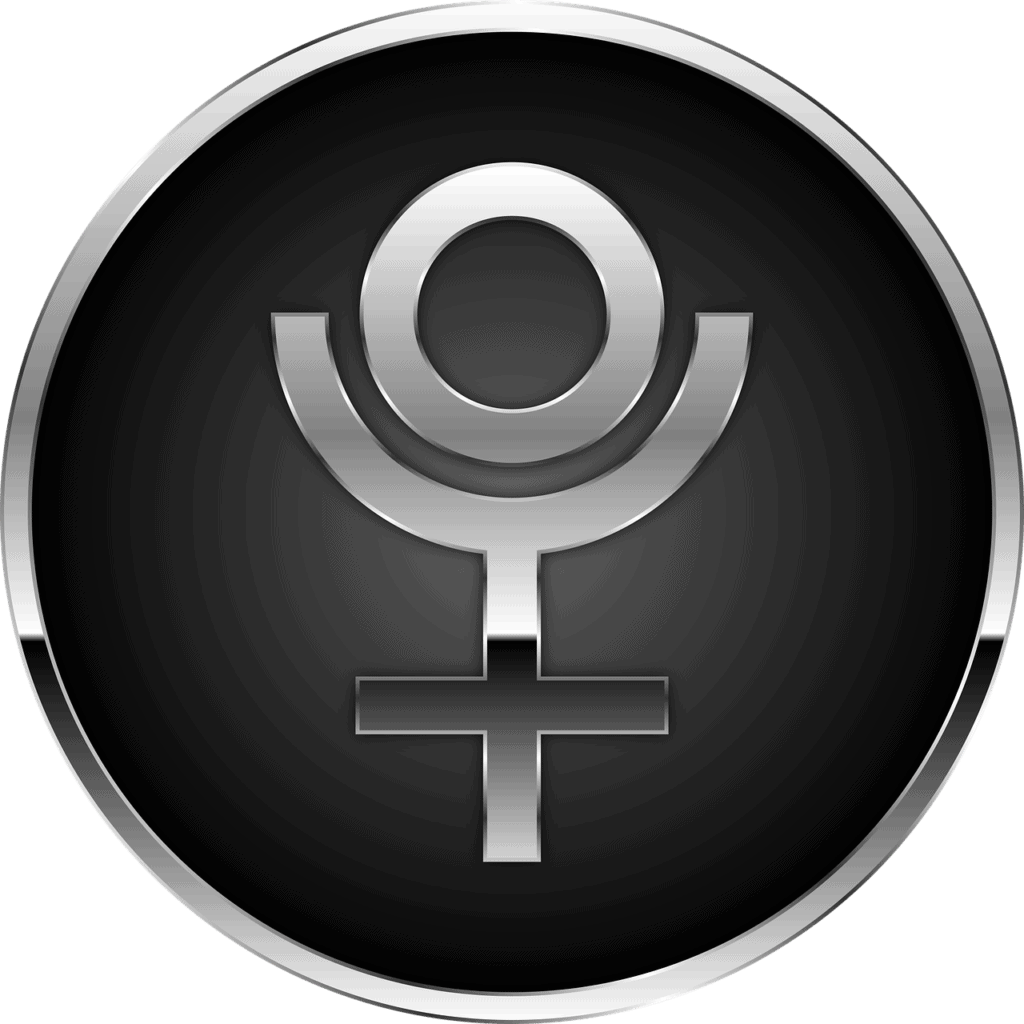
- Gemstone: The precious stone is a Cat’s eye
- Overseer deity: Ganesha
The significance and symbolism of these planets
As we have seen that out of the nine planets only seven are considered to be gods and the rest two are demons. These seven are commonly the spoken planets, and the rest of the two are in the form of comets, which have a dark and shady effect on people’s life. The names of the days in the week according to the Hindu calendar is named after these planets. Also, as clearly seen from the names some of them are deities of the Navagrahas are Vedic gods. Most probably, the idea of Navagrahas may be a future Vedic idea.
However, the Navagrahas have not been stated in the initial Upanishads. The Brihadaranyaka Upanishad tells about the eight grahas and the eight atigrahas in the human body as the grasping gods or sense organs and is controlling grasping gods or sense objects. These are the eight grahas stated in the Upanishads are the incoming breath or prana, language, tongue, the eyes, the ears, mind, skin and hands. Their overseeing gods are Apana or downward breath, name, colour, taste, ear, touch and desire.
We have no knowledge whether the initial Upanishad has been transformed into Puranic narratives now. The planetary concept explains the concept that formation is an image of God and its several features are unified and exert effect over one another. In the body, they ease the functioning of individual karma, though in the macrocosm, the untying of united karma as well as the destiny of the world. Their link with the days of the week also proposes that they are appearances or facets of Time or Kala only.
To conclude in short, these Grahas have a very vital role in Hindus as they believe that they determine their destiny and future. The Hinduism astronomy has played and proved to be right for some of them. So the Navagrahas and their deities are strongly believed and followed in Hinduism.
